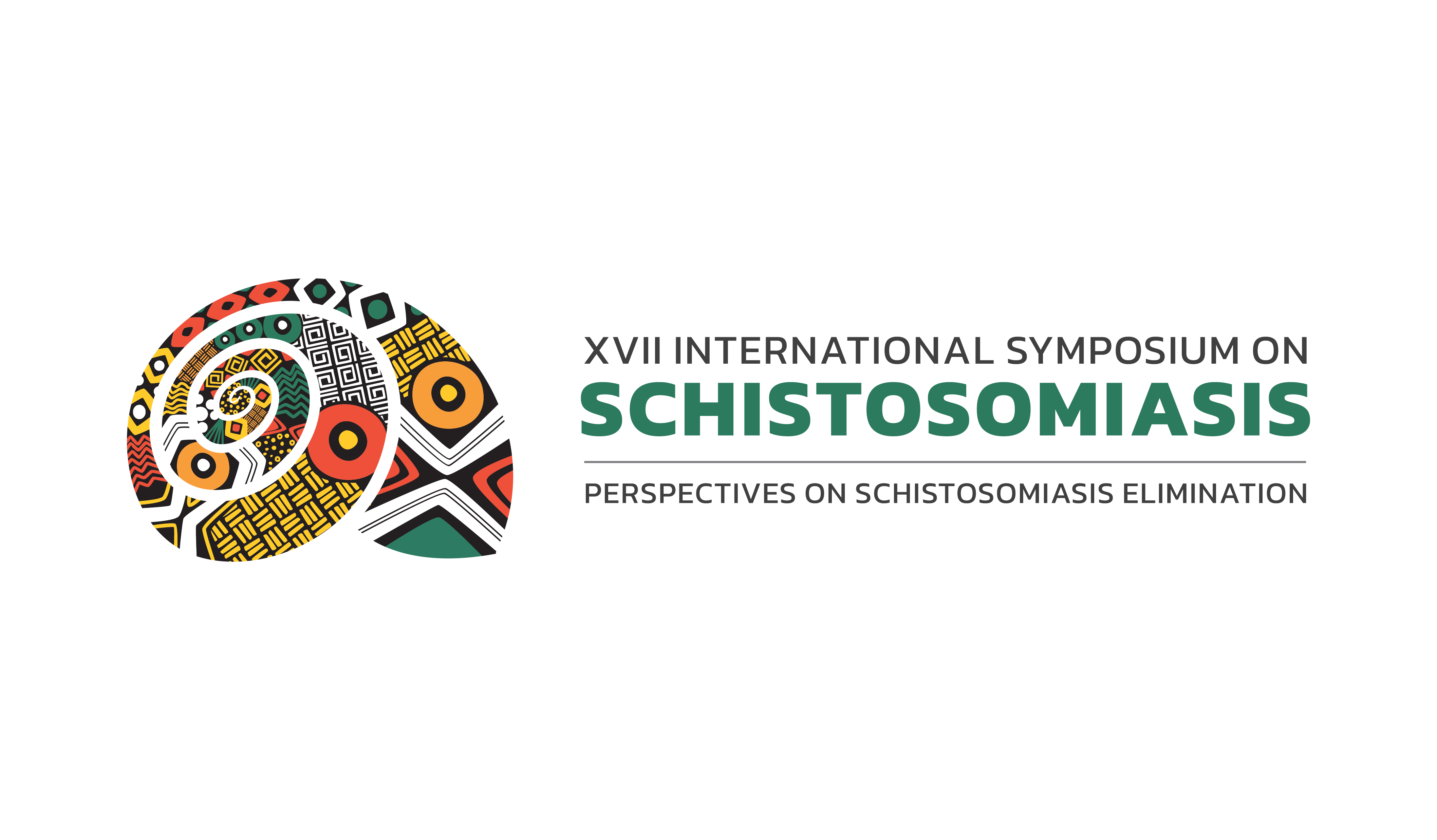Biological activity of Abelmoschus esculentus extracts on mollusks and embryos of Biomphalaria glabrata (SAY, 1818) and Schistosoma mansoni Cercariae.
DOI:
https://doi.org/10.55592/sie.v1i01.7503Palavras-chave:
Public health, Schistosomiasis, Natural products, Food, Molluscicidal activityResumo
Schistosomiasis is a neglected tropical disease caused by parasites of the genus Schistosoma. It is the second most prevalent infectious parasitic disease and has a major impact on socioeconomic factors, overall morbidity, and public health. According to the World Health Organization (WHO), this disease has been reported in 78 countries, 52 of which are endemic. The presence of snails as intermediate hosts for schistosomes, along with socioeconomic factors like inadequate sanitation, is linked to the occurrence of the disease. Therefore, controlling snail populations is an essential preventive measure. In Brazil, S. mansoni is the only species reported to cause infections so far, with three species of snails acting as intermediate hosts: Biomphalaria tenagophila, Biomphalaria straminea, and Biomphalaria glabrata. Among these, Biomphalaria glabrata has a wider geographic distribution and a higher susceptibility to infection by the parasite compared to the other species. According to the WHO, the only molluskicide recommended for controlling intermediate hosts is niclosamide®. However, this product has high toxicity to the environment and has been used to treat mollusk infections. Therefore, it is necessary to discover and develop new compounds originating from natural products with molluskicidal activity. The species used in this work was Abelmoschus esculentus. The objective of the present study was to evaluate the molluskicidal effect of crude extracts of A. esculentus seeds on embryos and mollusks of B. glabrata and cercariae of S. mansoni. The seeds were collected in Araruama, Rio de Janeiro. The crude extract was extracted using a Soxhlet extractor. The following solvents were used: ethyl acetate, acetone, dichloromethane, ethanol and hexane. The molluskicidal, ovicidal and cercaricidal activity assays were performed in 24-well plates. They were evaluated for of 24 and 48 hours, except for the Cercaricide assay, which was evaluated for a period of 4 hours (kinetics). In the tests, water and dimethyl sulfoxide (1% DMSO) were used as the negative controls and niclosamide was used as the positive control. In the molluskicide test, the crude extract in acetone had a mortality rate of 75 ppm (33.33%) and a mortality rate of 100 ppm (100%). In the ovicidal assay, the crude extracts in hexane and ethanol showed 92.56% and 100% mortality, respectively, at a lethal concentration of 90. In the Cercaricide test, among the extracts used, the crude extract in dichloromethane showed a mortality of 100% at the lethal concentration 90. According to the results obtained, the crude extracts influenced the mollusks, embryos and cercariae of S. mansoni; however, more studies are needed.Downloads
Publicado
2024-11-07
Edição
Seção
Pôster

